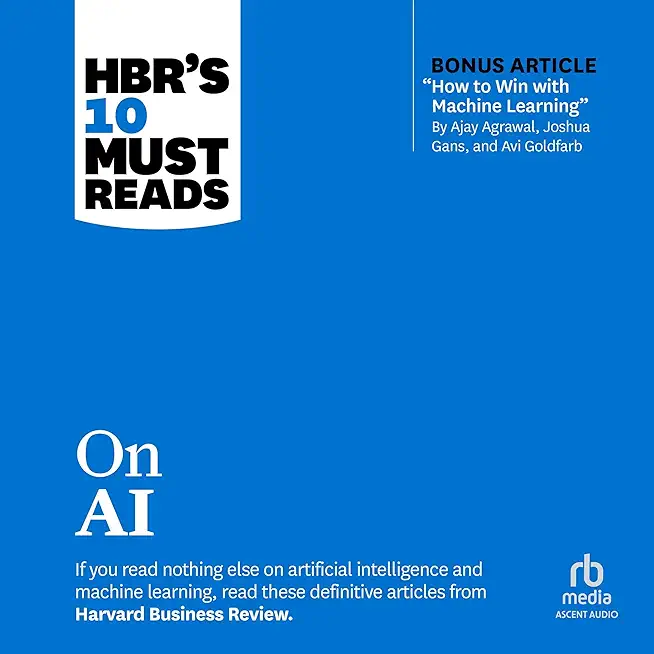Fundamentals of Cybersecurity and Zero Trust Courseware Training in Sarasota
Enroll in or hire us to teach our Fundamentals of Cybersecurity and Zero Trust Courseware class in Sarasota, Florida by calling us @303.377.6176. Like all HSG
classes, Fundamentals of Cybersecurity and Zero Trust Courseware may be offered either onsite or via instructor led virtual training. Consider looking at our public training schedule to see if it
is scheduled: Public Training Classes
Provided there are enough attendees, Fundamentals of Cybersecurity and Zero Trust Courseware may be taught at one of our local training facilities.
|
We offer private customized training for groups of 3 or more attendees.
|
||
Course Description |
||
|
This course introduces the fundamentals of cybersecurity and the principles of a Zero Trust strategy. In the first module, students are introduced to the basics of cybersecurity, gaining an understanding of the overall landscape, the role of encryption, the importance of user verification and access control, and the necessity of network and data protection. The module also emphasizes that every device can be a potential attack vector and discusses the vulnerabilities that can exist within applications.
The second module of the course focuses on the concept of a Zero Trust framework, a strategy that can help mitigate cyberattacks and safeguard an organization's assets. This part of the course covers the five core pillars of Zero Trust: identity, endpoints, applications, networks, and data. Students will learn how a Zero Trust strategy can be used to verify a user's identity, manage endpoints, control application behavior, protect networks, and secure data. By the end of this module, students will have a comprehensive understanding of the benefits of a Zero Trust strategy, its role in user identity verification and access management, endpoint protection, application behavior control, network protection, and data security.
Course Length: 1 Days
Course Tuition: $490 (US) |
||
Prerequisites |
|
| Basic awareness of IT, devices, and applications. | |
Course Outline |
|
Module 1: Fundamentals of cybersecurity
This module provides a basic introduction to cybersecurity. It will give the student an awareness of the cybersecurity landscape, how encryption works and helps us in our day-to-day lives, and draws attention to different attack vectors that cybercriminals can exploit to gain access to your data.
Lessons
An overview of cybersecurity
Encryption and its uses in cybersecurity
Verify your users and control their access
Protect your network and data
Every device is an attack vector
Application vulnerabilities
Lab 1: Fundamentals of cybersecurity
Paper-based exercise, with break-out session with scenario and discussion with the group on the outcome.
After completing this module, students will be able to:
Describe the cybersecurity landscape.
Discuss how encryption works, and understand its broader uses in protecting your data.
Describe the differences between authentication and authorization.
Describe different network types, the network threat landscape, and how to protect them from cyberattacks.
Describe what a device is, how much a device knows about you, and how to reduce possible threats.
Discuss how applications can be exploited to gain access to your data and assets.
Module 2: Fundamentals of a Zero Trust strategy
This module provides an introduction to the concepts of the Zero Trust framework which when applied to your current digital estate can help reduce cyberattacks and protect your organization’s assets. It’ll cover the five core pillars of Zero Trust: identity, endpoints, applications, networks, and data.
Lessons
What is a Zero Trust strategy
Identity and manage your users with Zero Trust
Manage endpoints with Zero Trust
Control application behavior with Zero Trust
Protect your networks using Zero Trust
Secure your data with Zero Trust
Lab 1: Fundamentals of a Zero Trust strategy
After completing this module, students will be able to:
Describe the benefits of using a Zero Trust strategy to protect an organization’s digital estate.
Explain how Zero Trust can help verify a user’s identity and manage their access to your data.
Describe different endpoints and how to use Zero Trust strategies to protect them.
Describe how cloud applications and the data they access can be protected using Zero Trust principles.
Explain how Zero Trust can help identify cyberattacks and lateral movement in your network.
Describe Zero Trust strategies that can help you understand your data, mitigate data loss, and protect your data.
|
Course Directory [training on all levels]
Technical Training Courses
Software engineer/architect, System Admin ... Welcome!
- .NET Classes
- Agile/Scrum Classes
- AI Classes
- Ajax Classes
- Android and iPhone Programming Classes
- Azure Classes
- Blaze Advisor Classes
- C Programming Classes
- C# Programming Classes
- C++ Programming Classes
- Cisco Classes
- Cloud Classes
- CompTIA Classes
- Crystal Reports Classes
- Data Classes
- Design Patterns Classes
- DevOps Classes
- Foundations of Web Design & Web Authoring Classes
- Git, Jira, Wicket, Gradle, Tableau Classes
- IBM Classes
- Java Programming Classes
- JBoss Administration Classes
- JUnit, TDD, CPTC, Web Penetration Classes
- Linux Unix Classes
- Machine Learning Classes
- Microsoft Classes
- Microsoft Development Classes
- Microsoft SQL Server Classes
- Microsoft Team Foundation Server Classes
- Microsoft Windows Server Classes
- Oracle, MySQL, Cassandra, Hadoop Database Classes
- Perl Programming Classes
- Python Programming Classes
- Ruby Programming Classes
- SAS Classes
- Security Classes
- SharePoint Classes
- SOA Classes
- Tcl, Awk, Bash, Shell Classes
- UML Classes
- VMWare Classes
- Web Development Classes
- Web Services Classes
- Weblogic Administration Classes
- XML Classes
Business Training Courses
Project Managers, Business Analysts, Paralegals ... Welcome!
Upcoming Classes
Gain insight and ideas from students with different perspectives and experiences.






